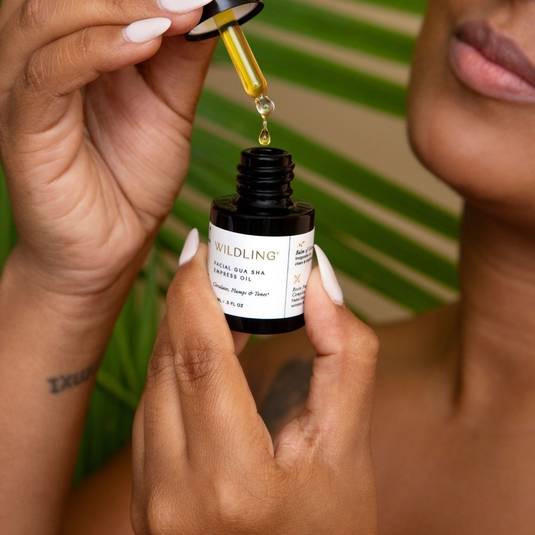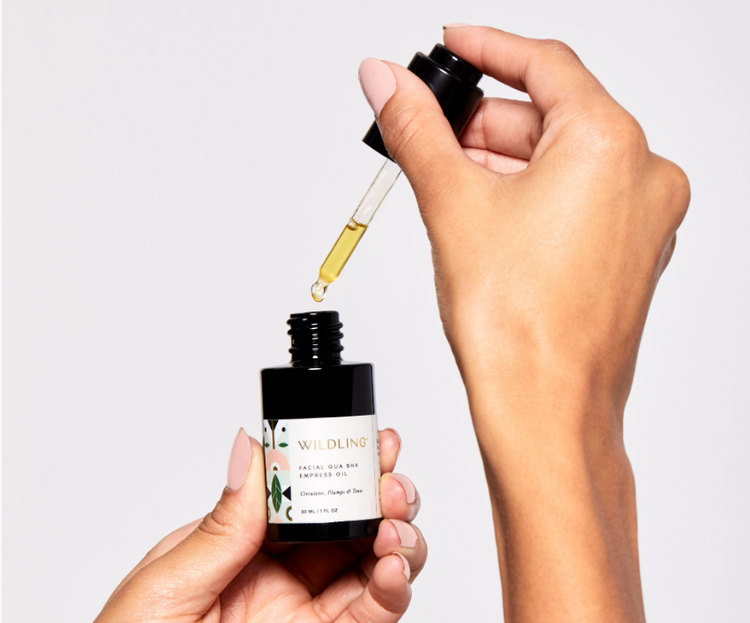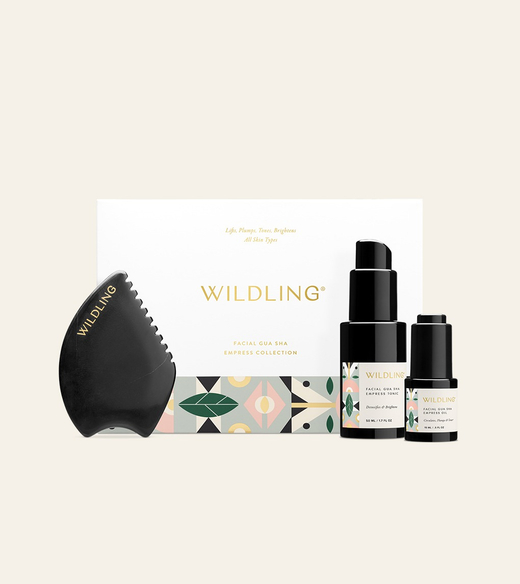The Balm of Gilead is a plant extract found in the Wildling Empress Oil, and it’s the key ingredient that sets our face oil apart from the hundreds… thousands?... of other options on the natural skin care market now.
The Balm of Gilead is a plant extract found in the Wildling Empress Oil, and it’s the key ingredient that sets our face oil apart from the hundreds… thousands?... of other options on the natural skin care market now.
WHAT IS BALM OF GILEAD?
Not only does it offer benefits that are nourishing and medicinal for the skin, but it’s one of the only face oils formulated specifically to optimize the facial gua sha practice. Piney and warming, its slightly astringent scent is unique—worlds away from the ubiquitous floral or unisex-woodsy fragrance of many popular face oils. You’ll have to take a whiff of it yourself but if you asked us to describe it… it smells like what being surrounded by tall trees in the middle of a forest feels like: a hug, protection, medicinal, and a deep feeling of being held and cared for.
ORIGINS OF THE BALM OF GILEAD
“Balm of Gilead” is an expression that colloquially means “cure-all,” and is believed to have first been used that way in the bible referencing a balm made of balsam tree extracts. This was a prized gift to King Solomon and Queen of Sheba that had come from the biblical area known as Gilead, which is said to correspond with the northwest region of Jordan today.
Nowadays, there are a handful of different trees are attributed to the production of Balm of Gilead, some in the middle east aligning with the aforementioned biblical reference, and some in North America and Canada.
The one referenced most often on herbalist and folk websites and books is Balsam Poplar (P. balsamifera), a tree that grows in North America’s swampy lands, in Canada, and even parts of Alaska. Reaching up to 70 feet tall, the medicinal properties and resin to make the Balm of Gilead come from the buds of the tree. Other trees that produce Balm of Gilead buds include Black Cottonwood trees and Narrowleaf Balsam Poplar, both common in North America. The Turkish Sweetgum, native to Turkey, Cendronella tree found on the Canary Islands, and Cammiphora opobalsamum, native to the Middle East, as well as the more rare Greek Pistacia lentiscus, have all also been associated with the Balm of Gilead. Ours is wild harvested organic from the North American Balsam Poplar tree.
BENEFITS OF THE BALM OF GILEAD
In the old days, Balm of Gilead was used in first aid salves, to help with coughs and other respiratory ails, and to treat small knicks, burns, and scrapes.
In scientific journals, the balm of Gilead is cited for its anti-inflammatory and antifungal properties, and has even shown promise in some studies to help destroy cancerous cells because of its “tumoricidal effects,” which is medicalspeak for the idea that the Balm of Gilead resins may help to destroy tumor cells and spare healthy ones.
For gua sha, the Balm of Gilead stimulates circulation, helps to clarify the skin, and, along with the Empress Tonic, can help hydrate and plump fine lines. Bonus—it smells divine and aromatherapeutically enhances your gua sha ritual.







